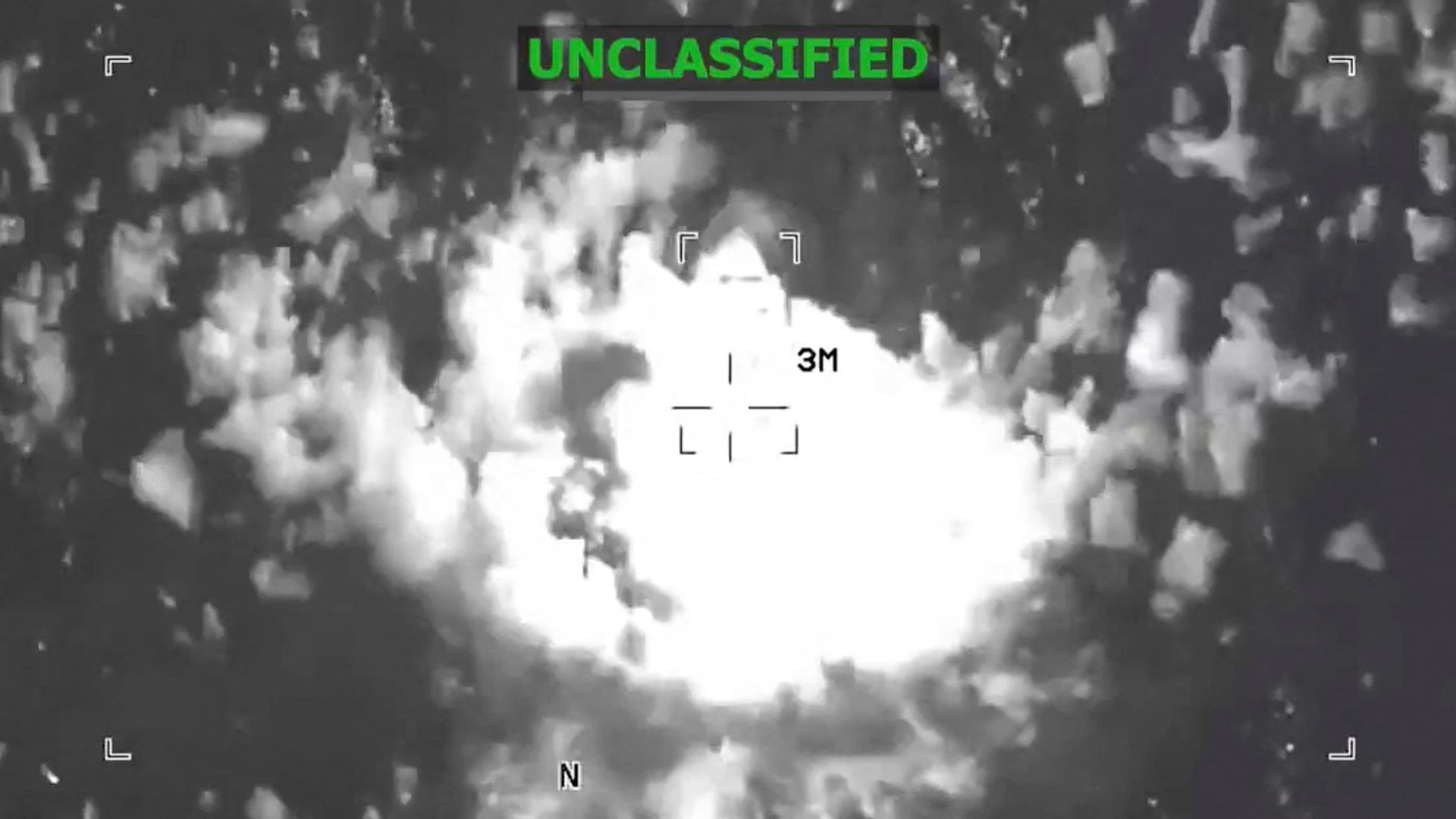The University of the Virgin Islands’ Caribbean Green Technology Center hosted a Heat Summit 2025 on Friday, a bi-campus event on St. Thomas and St. Croix that brought together experts and community members to discuss the growing impacts of extreme heat and strategies to stay safe and resilient.
The all-day summit, which was also streamed virtually and attended by the Source, examined how extreme heat is affecting Virgin Islands residents and highlighted practical strategies to reduce its impacts.
“Summers used to be nice and warm. Now they’re hot – sometimes too hot. So now, the question is how to keep enjoying summer life when it’s hot all the time,” said Gregory Guannel, director of the Caribbean Green Technology Center, in an update from UVI ahead of the event. “The Heat Summit focuses on practical, everyday solutions that help people stay healthy, comfortable, and connected to the outdoors, even as our summers are hotter.”
The summit was packed with information provided by numerous speakers, and partners in the event included the National Weather Service, the University of the Virgin Islands, the Caribbean Collaborative Adaptation Network, UVI Safety in Paradise, the Virgin Islands Planning and Natural Resources Department, as well as the V.I. Health Department.
Presenters underscored the importance of community awareness and preparation, noting that higher temperatures are expected to continue across the territory. Heat Summit 2025 provided tools, resources, and local perspectives on how residents can adapt to hotter summers while protecting health and quality of life, and information from several speakers has been included in this story.
Staying Safe During Hot Weather
Ernesto Morales, a Warning Coordination Meteorologist at the National Weather Service in San Juan, Puerto Rico, was the first speaker of the day, and Morales shared information including temperature trends and the types of heat alerts that are issued by the NWS to help keep individuals across both the USVI and Puerto Rico safe from extreme heat.
Morales emphasized that extreme heat in the Virgin Islands and wider Caribbean is no longer an occasional event but an intensifying trend. He highlighted that both daytime highs and nighttime lows are rising, with 2024 in particular breaking records for prolonged stretches above 90°F.
Morales explained how higher sea-surface temperatures and increased urbanization amplify heat stress, while humidity worsens the body’s ability to cool itself. He noted that 2025 was not quite as hot as 2024, due in large part to stronger trade winds across the islands during the summer months.
Morales warned that extreme heat poses serious health threats, including heat exhaustion, dehydration, and cardiovascular stress. He emphasized that certain groups – particularly the elderly, children, and outdoor workers – face the highest risk, and he urged the public to take heat alerts and advisories seriously to help prevent heat-related emergencies.
Morales also explained that even when the actual temperature is very high, the “heat index” is often higher. “The heat index, also known as the apparent temperature, is what the temperature feels like to the human body when relative humidity is combined with the air temperature,” according to a definition from the NWS.
In a previous interview between the Source and Morales about extreme heat, Morales offered the following advice regarding staying safe in the heat. With the heat reaching dangerously high levels, staying hydrated and as cool as possible is extremely important – for humans and pets as well.
“What we recommend to the public is to stay in the shade. Drink a lot of water. And if you need to be working or doing something outside, try to complete activities outside of the peak periods of heat between 10 a.m. and 5 p.m. And if you have to be outside in the heat, do not expose yourself for more than 15 minutes. We all should know our limitations,” Morales warned.
Community Data and Building Impacts
Hilary Lohmann, Coastal Resilience Coordinator at the V.I. Planning and Natural Resources Department, and Gregory Guannel also shared preliminary findings from a community-driven data campaign that tracked local temperatures in homes across St. Thomas and St. Croix.
The results showed that while outdoor temperatures peak midday, indoor spaces often stay hotter into the evening, with many homes never cooling below 80°F overnight. Data shared during the presentation also revealed that building orientation and construction materials, including concrete, play a major role in heat stress.
“Everybody spent the overnight period of time sleeping where the temperature didn’t go below 80 degrees. Or it certainly didn’t feel like it,” Lohmann said.
The findings underscored the challenges of the territory’s building stock, where most homes are concrete with galvanized roofs and louvered windows, which capture breezes but make air conditioning inefficient. Additionally, not all residents have access to air conditioning units. The speakers pointed to solutions such as increasing shade, improving airflow through design, and considering energy efficiency when installing cooling systems.
The Role of Vegetation in Cooling
David Hensley, a Science Research Specialist at UVI, explained how the built environment and natural ecosystems both influence rising heat in the Virgin Islands. Materials like concrete and metal trap and radiate heat, driving up nighttime temperatures. Vegetation plays a critical role in cooling through both shading and evaporative cooling, in which water evaporating from leaves lowers the surrounding air temperature. He also noted that soil under trees and plants retains more moisture and stays cooler, which prevents it from baking and radiating heat the way bare soil or pavement does. Hensley said that greenery at every scale can help reduce heat stress.
“A single tree would have these effects right around it. So, if you have a tree shading your house, that will make a difference,” he said.
Looking Ahead: Building Resilience Together
As Heat Summit 2025 concluded, attention turned to the next steps for climate adaptation in the Virgin Islands. Viewers raised questions about practical measures such as establishing cooling centers to safeguard residents during the hottest periods, underscoring the urgency of finding community-level solutions.
One of the most impactful closing messages came from LaVerne Ragster, former UVI president and co-investigator with the Caribbean Climate Change Adaptation, Cancer, and Health Disparities Research Center (CARIB-CARES) initiative, which links the University of the Virgin Islands with the University of Puerto Rico. Ragster highlighted that building resilience in the face of rising heat will require regional collaboration, science-based strategies, and a focus on equity in healthcare. CARIB-CARES, funded by the National Institutes of Health, is dedicated to understanding how climate change affects health disparities — particularly cancer prevention and care — across both U.S. territories.
“I think what we have to do as a community is to get enough information from ourselves and from the science to figure out how to effectively function in a changing environment, and that will eventually help us to be more sustainable,” Ragster said in a previous Source interview.
Her remarks echoed the theme running throughout the successful Heat Summit 2025: adaptation is not optional, but a shared responsibility. From planting trees and designing cooler homes, to strengthening healthcare and emergency preparedness, the Virgin Islands must prepare for a hotter future by investing in community resilience and regional partnerships.
St. Croix Source
Local news



